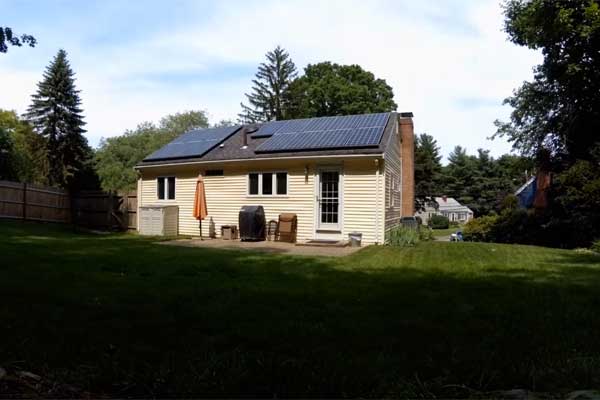The cost to install solar in the United States has dropped by more than 70 percent over the last decade. This has led to an expansion of new solar markets and the deployment of thousands of systems.
Reports indicate that installation costs have dropped to the lowest levels in history, across all market segments, according to Q1 2019 data. This continuous drop in solar installation cost has led to an uptake in the adoption of residential installs across the country.
For example, an average-sized residential solar installation has dropped from a pre-incentive price of $40,000 in 2010 to roughly $18,000 today. With such a drastic change in pricing for a specific sector, it’s safe to say that we have entered an “era of solar panels for home use”.
A recent IPCC report warns of serious consequences of climate change if we don’t curb emissions, especially those from fossil fuels. Tackling climate change is a complex challenge requiring sound science to inform government decisions, policies, and activities, such as switching to clean energy production.
Noticeably many homeowners, across the U.S., are taking action by transitioning away from fossil-fuel generated electricity—towards clean energy sources, such as solar, as they educate themselves on the dangers of climate change. Well, this is true at least for some, while the majority are still motivated by the above-mentioned falling costs and their eagerness to achieve energy independence.
The typical size of a residential solar installation in the U.S. averages 6 kilowatts. The small sizes of these installations mean less cost, which makes it an attainable upgrade for homeowners with a huge positive impact on their electric bills.
While the specific costs of an install depend on the state and system size in question, there is available data that can help estimate how much a rooftop solar installation will cost.
The easiest way to calculate the cost of solar across different system sizes is in dollars per watt ($/W), which indicates how many dollars solar will cost per watt of available electricity production.
According to 2019 data, homeowners are paying an average of $3.05/W which comes to about $18,300 before tax credits and rebates for an average 6kW system.
Most residential solar installations are grid connected through net metering. Net Metering is a program whereby eligible residential solar installations can export surplus generated energy back onto the grid for credit against electricity the home consumes from the grid.
Talking about net metering, Boston based YouTuber Matt Ferrell, host of the channel, “Undecided with Matt Ferrell” installed one at his home and made a video about it.
In this video, he breaks down the entire process, including data on cost, related system issues, and energy production—after 9 months in operation.
The full video follows below:
From the point of view of a homeowner in the U.S., a rooftop solar installation makes sense.
If the homeowner is adding solar while still having access to grid electricity through net metering, there isn’t much of a disadvantage, unless the cost of the installation is prohibitive and financing is not available.
While homeowners benefit from a reduced energy bill after accounting for payments, residential solar installations increase the value of the home, and the homeowner gets the satisfaction of contributing to a cleaner environment.













Comments